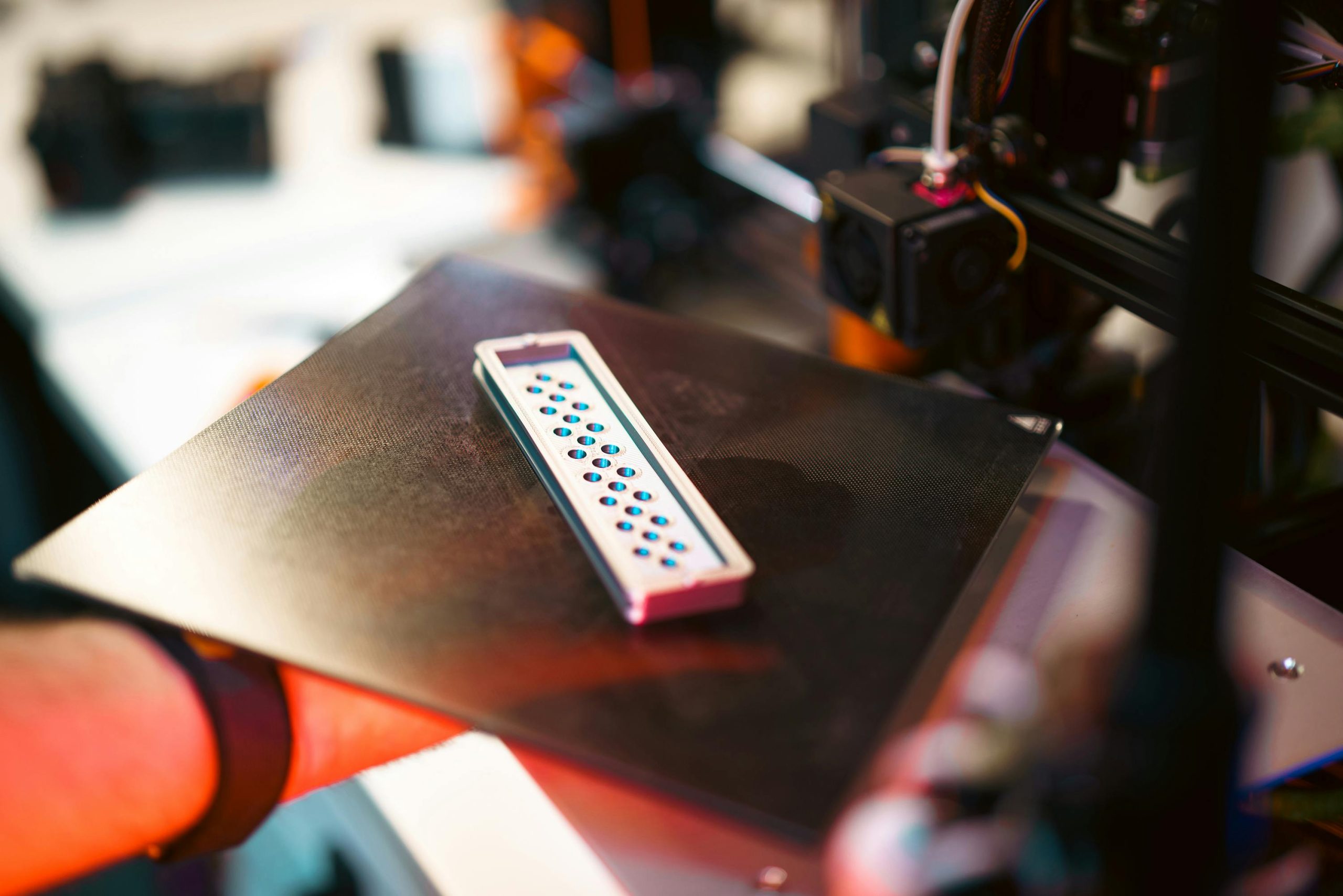Troubleshooting the Dreaded Bugcheck Error: A Comprehensive Guide
In the modern era of gaming, the immersion and thrill of diving into virtual worlds are unparalleled. However, nothing disrupts an in-game experience quite like a sudden system crash followed by an unexpected reboot. One day, as you’re at the pinnacle of an exciting game, the dreaded message appears: “The computer has rebooted from a bugcheck.” For many gamers and PC users, this error can be both a mystery and a major frustration. In this blog post, we’ll explore in-depth what a bugcheck is, its common causes, how to troubleshoot it, and ways to prevent it from happening in the future.
Understanding Bugcheck Errors
A bugcheck, commonly known as a “stop error” or “blue screen of death” (BSOD), is a mechanism within the Windows operating system designed to prevent further damage to your system when a critical error occurs. It’s the system’s way of saying, “Something has gone wrong, and we need to restart to prevent anything worse.”
What is a Bugcheck?
At its core, a bugcheck is an error check within the operating system that responds to system faults. When Windows encounters something it can’t recover from without losing data or damaging files, it halts all processes, generates a memory dump file for analysis, and then reboots the system.
Decoding the Bugcheck Code
The example bugcheck code given in the post is:
0x00000116 (0xffffd20fc8470010, 0xfffff802955d1a40, 0xffffffffc000009a, 0x0000000000000004)
0x00000116 is the most critical part of the error code and is known as the bugcheck code. Specifically, this translates to a VIDEO_TDR_ERROR, a common issue with graphic drivers or the GPU overloading.
The parameters following the bugcheck code often require deep technical understanding to decipher fully. They point to specific hardware or driver issues and assist developers and IT professionals in diagnosing the exact cause of the error.
Memory Dump Files
A memory dump file, as highlighted in the post, is typically saved in C:\WINDOWS\Minidump\. This file is a snapshot of the system’s memory at the time of the crash. Utilizing tools like Windows Debugger (WinDbg), you can open these files to gain more insights into what might have caused the bugcheck.
Common Causes of Bugcheck Errors
While bugcheck errors can manifest due to numerous reasons, their occasional occurrence during gaming sessions – and not elsewhere – as highlighted in the user’s post, gives us clues about potential underlying issues:
1. GPU and Driver Issues
Since the error frequently occurs during gaming, the Graphics Processing Unit (GPU) is a prime suspect. Outdated, corrupt or improperly configured graphics drivers can lead to VIDEO_TDR_ERROR. Ensuring that you regularly update your GPU drivers can mitigate these issues.
2. Overheating
Elevated temperatures within the system, especially during high-load activities like gaming, can trigger bugcheck errors. Dust accumulation, poor ventilation, or malfunctioning cooling systems can contribute to overheating.
3. Insufficient Power Supply
A power supply unit (PSU) that cannot meet the demands of the system while it’s running graphically intensive games can lead to failures. It’s crucial to verify that your PSU provides sufficient power to all components.
4. Faulty Hardware
Over time, hardware components like RAM, SSDs, or the GPU itself might develop faults due to wear and tear or manufacturing defects, leading to sporadic but critical errors.
5. Software Conflicts
Running incompatible software or concurrent processes that interfere with the game can trigger system instability. Antivirus software, in particular, can sometimes interact negatively with gaming applications.
Troubleshooting Bugcheck Errors
A strategic approach to troubleshooting is necessary to pinpoint and rectify the causes of bugcheck errors.
Step 1: Analyze Memory Dump Files
Use WinDbg or other diagnostic tools to open the minidump files specified in the error message. Look for indications of the driver or process that caused the crash.
Step 2: Update Drivers
Ensure all your drivers, particularly for the graphics card, are up to date. Manufacturers often release patches and updates to fix known issues in their products.
How to Update Your GPU Drivers:
- NVIDIA/AMD Websites: Visit the official websites for the latest driver downloads.
- Device Manager: Right-click on your graphics card under Display Adaptors to check for updates.
- Third-party Software: Tools like Driver Booster can automate driver updates.
Step 3: Monitor System Temperature
Utilize software like HWMonitor to track temperatures of the CPU and GPU. If they are routinely high, investigate cooling solutions or clean out dust from within the case.
Step 4: Check Power Supply Adequacy
Verify that your PSU has the appropriate wattage for your system’s demand. Online calculators can help assess your system’s power needs.
Step 5: Run Hardware Diagnostics
Check RAM using tools like MemTest86 and run GPU benchmarks to ensure stability under load.
Step 6: Configure TDR
You can attempt to configure the TDR (Timeout Detection and Recovery) settings by modifying the Windows Registry. This should be considered carefully and only if you are comfortable making such changes.
- Run
regedit. - Navigate to:
HKEY_LOCAL_MACHINE\SYSTEM\CurrentControlSet\Control\GraphicsDrivers. - Edit or create a DWORD (32-bit) value named
TdrDelay. - Set the value higher than the default (2 seconds), such as
10.
Step 7: Perform System Integrity Checks
Run tools such as:
- sfc /scannow: Checks for and repairs corrupted files.
- DISM: Repairs the system image.
Preventing Future Bugcheck Errors
Here are suggestions to minimize the likelihood of future bugcheck errors:
Maintain Regular Updates
Consistently update your operating system and drivers to patch vulnerabilities and improve performance.
Ensure Optimal Cooling
Maintain a cool environment for your hardware. Consider additional fans or liquid cooling solutions for optimum thermal management.
Streamline System Performance
Avoid running unnecessary background applications and optimize game settings to match your system capabilities.
Limit Overclocking
While overclocking can enhance performance, it also increases risk. If recurrent crashes occur, test at stock settings.
Backup Regularly
Ensure important data is regularly backed up to mitigate potential data loss from unexpected crashes.
Conclusion
Bugcheck errors during games are an unwelcome interruption to your immersive experiences. Through understanding, careful analysis, and systematic troubleshooting, most issues leading to these errors can be resolved. Equipping yourself with knowledge and tools is imperative in minimizing future disruptions. While computer technology may not yet transcend into a realm of complete infallibility, a structured approach to resolving bugcheck errors can restore your digital adventures back to their seamless self. Happy gaming!
Share this content:




Response:
Thank you for sharing this comprehensive guide on troubleshooting bugcheck errors! It’s certainly a frustrating issue to encounter while gaming, and your detailed breakdown of causes and solutions is invaluable to many users facing similar challenges.
I want to emphasize the importance of understanding the bugcheck codes, as you mentioned, particularly the
0x00000116code indicating a video-related issue. Analyzing the memory dump files can truly be a lifesaver in pinpointing the exact problem.Additional Tips:
Your suggestion to configure the TDR settings could indeed help with transient driver issues; however, proceed with caution, as improper
Hi there,
Experiencing a bugcheck error such as 0x00000116 (VIDEO_TDR_ERROR) can be frustrating, especially during gaming sessions. To help resolve this issue, I recommend starting with some key troubleshooting steps:
Additionally, maintaining updated system software, ensuring proper cooling